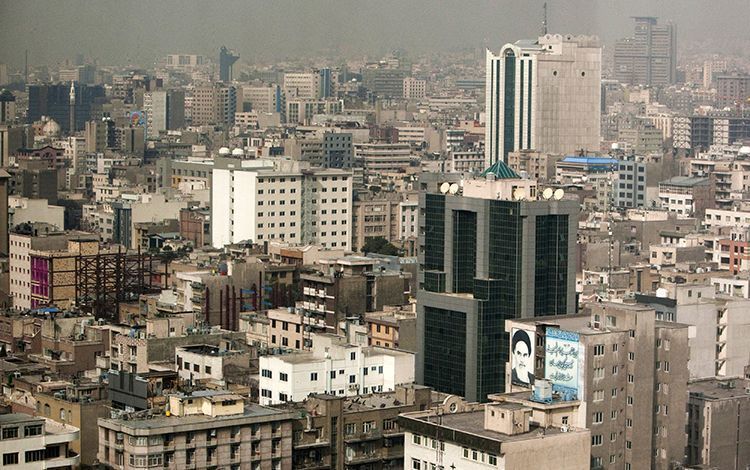By Kayhan Life Staff
Majid Farahani, the chairman of the budget committee of Tehran City Council, has warned that the oil storage facility in Shahran, a neighborhood in the northwest side of Tehran, is a “ticking time bomb,” and that an accident at the site could cause a worse disaster than the explosion at Port Beirut on Aug 4. that killed some 150 people and injured nearly 6,000.
Lebanese authorities believe that the blast at Port Beirut was caused by a massive of ammonium nitrate that was stored unsafely in a warehouse for several years.
“The explosion in Beirut was a tragic incident. Lebanon will feel the catastrophic effects of the event for the next few decades,” Mr. Farahani wrote on his Instagram page on Aug. 6. “There are many lessons to be learned from a disaster like that.”
Farahani said that many depots across the country stored large volumes of chemicals similar to those that caused the explosion in Port Beirut, including facilities at ports controlled by the Iran Customs Organization, unregistered berths, special economic zones, and coastal areas.
“These storage facilities are ticking time bombs,” Farahani warned.
[aesop_image img=”https://kayhanlife.com/wp-content/uploads/2020/08/بیروت.jpg” panorama=”off” credit=”Beirut. Kayhan London” align=”center” lightbox=”on” captionsrc=”custom” captionposition=”left” revealfx=”off” overlay_revealfx=”off”]
Farahani noted that many facilities that stored hazardous chemicals and highly flammable material were in densely populated urban centers. He called on authorities to identify these sites in Tehran and other cities.
“Moving these depots out of our cities and removing hazardous material stored in Greater Tehran should be the top priority of the government, municipalities, and city councils,” Farahani said.
“For instance, the oil storage facility in Shahran is on the Mosha-Fasham earthquake fault line,” Farahani explained. “The facility holds a massive amount of oil and is in the heart of Shahran, a neighborhood in the northwest side of Tehran. Some 300 tanker trucks, each with the capacity of delivering 30,000 liters of fuel, lift their load at this oil depot. They carry their cargo through the city streets and residential areas before reaching the highway.”
Farahani said that an accident at a fueling depot could spark a chain explosion that “could cause a worse tragedy than the one in Beirut.”
He said there was a high probability that a tanker truck would have an accident and tumble over in a busy street in Tehran, causing a significant incident, given that some 300 of them transport highly flammable fuel in and around the city every day.
Farahani explained that the oil depot was built in 1974, when Shahran was in a desolate area on Tehran’s outskirts. It offered a suitable site to build an oil storage facility then. Tehran has grown in the last 50 years. The oil depot is now in the heart of a populated urban center, surrounded by homes and high-rise apartment complexes.
“Not only people living in Shahran, but all Tehran residents are in danger,” Farahani explained. “Besides the 300 tanker trucks transporting highly flammable fuel through the streets every day, the oil depot is right on a fault line which, according to data, may experience a quake any day.”
Farahani warned that more people might die in Shahran than other parts of Tehran if a significant earthquake on the Mosha-Fasham fault line causes an explosion at the oil depot in that neighborhood.
“Removing chemicals from depots in our cities and oil from the storage facility in Shahran is not just a local concern but a national requirement,” Farahani added.
This article was translated and adapted from Persian by Fardine Hamidi.








